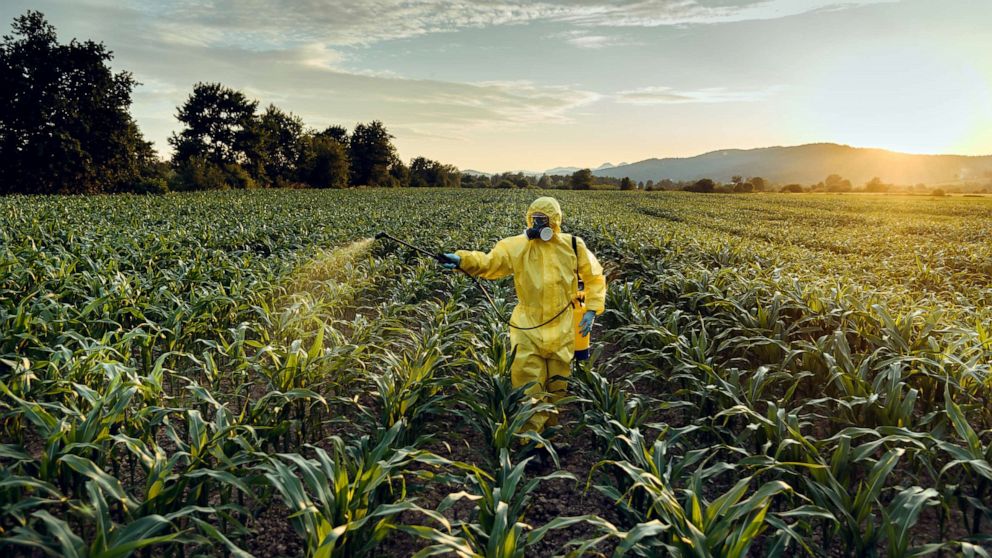

The information collected were mainly primary research (peer-reviewed manuscripts published in journals) as well as scientific reports or articles in conference proceedings or annual reports. To meet our purpose, we carried out mainly desk study that allowed us to collect, analyze and summarize information from different sources such as internet search engines (mainly library of the Institute of Agricultural Research for Development-IRAD and that of the African Research Centre on Bananas and Plantains-CARBAP), consultation of some national experts especially those at the Phytosanitory Department of the Ministry of Agriculture & Rural Development (MINADER), and Whatsapp groups of related professionals. It was also to collect information on different options that can replace synthetic insectides and finally to give recommendations that will help foster best practices and minimize cost of production to users as well as minimize effects to human health and the environment. The purpose of this research was to gather relevant information concerning the sources, practices and intoxications resulting from the use of insecticides in Cameroon.
Insecticides and pesticides used on fraser firs registration#
This is why this chapter reviews the insecticides supply routes, registration procedure and registered insecticides, insecticidal application with its malpractices while looking at its intoxication as well as the alternatives to the use of synthetic insecticides in Cameroon and make possible recommendations to promote judicious use of insecticides in Cameroon. Using insecticides is not against the law but the application methods and the supply routes carried out by farmers and traders respectively might be bad. With these constraints famers in developing world like Cameroon are forced to look for ways to control these pests and pathogens which lead to the use of numerous preventive and curative techniques including the use of insecticides. These pests are mainly from the arthropod, vertebrate, mollusk, weeds and nematode groups and disease-causing pathogen such as fungi, viruses and bacteria. These biotic constraints are seriously hindering the crop production, resulting to pre-and post-harvest losses and lower yields. The agricultural sector occupies an average of about 47 million hectares of land with different production system practices such as mono cropping, mixed cropping, intercropping etc.

The country relies mainly on agriculture, with main export crops such as cocoa, coffee, cotton and banana. Cameroon has a diverse natural environment with five agro-ecological zones that support the cultivation of many crops.


 0 kommentar(er)
0 kommentar(er)
